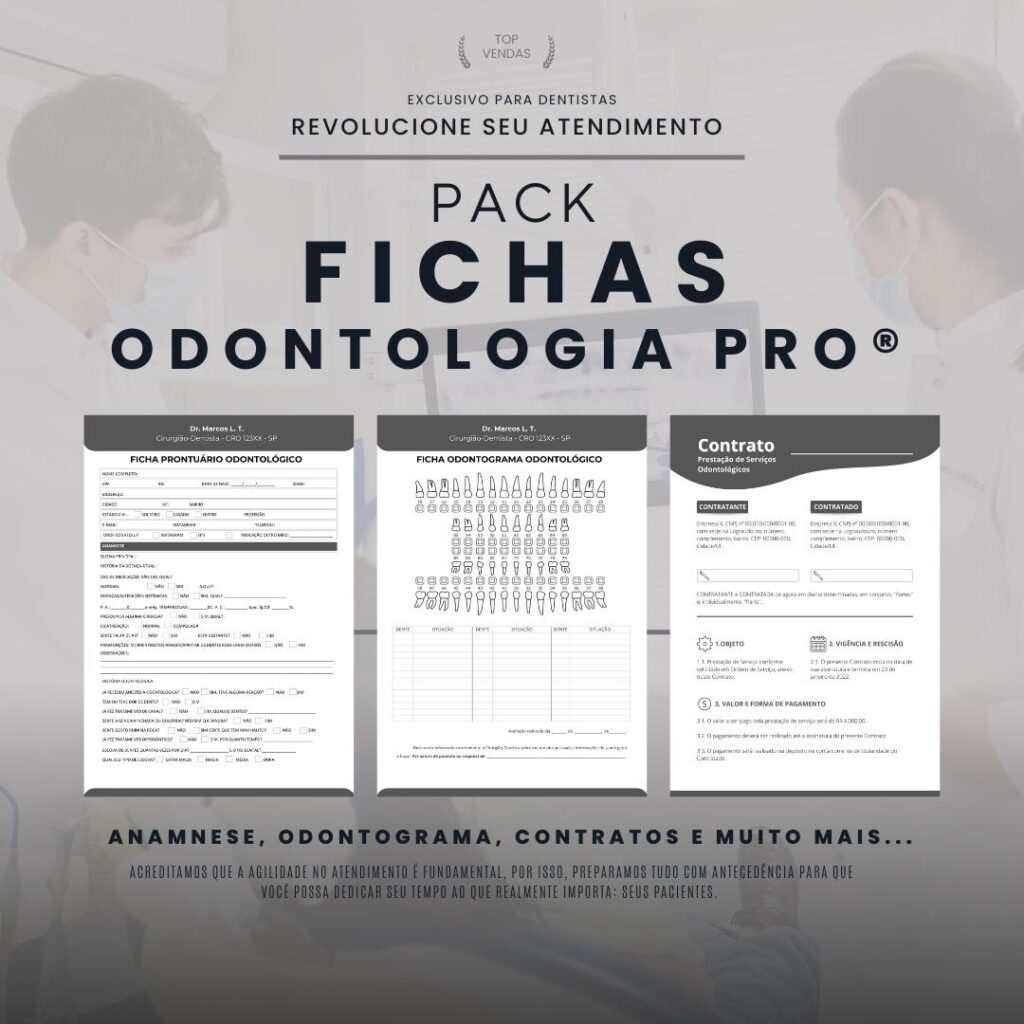You smart dental equipment Dental implants are changing the way dentists work, bringing more efficiency and precision to procedures. As technology advances, these innovative tools not only improve the quality of care, but also make the patient experience more enjoyable. In this article, we’ll explore the top pieces of equipment that are transforming dental practice and how they can benefit your practice.
What are smart dental equipment?


You smart dental equipment are advanced tools that use cutting-edge technology to streamline clinical processes and improve the patient experience. These devices go beyond traditional tools by incorporating features such as artificial intelligence, data analysis and real-time connectivity.
An example of this is the smart intraoral cameras, which allow a detailed visualization of the patient's mouth, facilitating accurate diagnoses. In addition, some equipment has systems of remote monitoring, allowing dentists to monitor patients’ oral health even outside the office.
These devices not only increase the efficiency of dentists’ work, but also provide more personalized and effective care. By integrating technology and dentistry, smart devices are transforming clinical practice and raising the standard of patient care.
Advantages of technology in dentistry


The adoption of technology in dentistry brings several advantages that impact both professionals and patients. Firstly, one of the main benefits is the efficiency in service. Modern equipment, such as intraoral scanners and digital radiography systems, allow for faster and more accurate diagnoses, reducing waiting times and increasing clinic productivity.
Another significant advantage is the accuracy in procedures. Using advanced technology, such as 3D printers and planning software, dentists can create restorations and orthodontics that fit the patient perfectly, resulting in more effective and long-lasting treatments.
Furthermore, technology improves the patient experience. Equipment such as conscious sedation and digital anesthesia make procedures less invasive and less painful, increasing patient satisfaction. Communication with patients is also facilitated through applications and online platforms that allow scheduling and monitoring of treatments.
Finally, technology in dentistry provides a continuing education and constant updates for professionals in the field. Online courses, webinars and access to recent research allow dentists to stay up to date on best practices and innovations in the industry.
Main smart equipment available


You top smart dental equipment available on the market are revolutionizing the way dentists perform their procedures. Among them, the following stand out:
- Intraoral Cameras: These compact cameras allow you to capture detailed images of the patient's mouth, facilitating accurate diagnoses and visual communication during consultations.
- Intraoral Scanners: Replacing traditional impressions, digital scanners create 3D impressions of the dental arch, improving the patient experience and precision in restorations.
- 3D Printers: Used to create dental models, aligners and custom dentures, 3D printers increase the efficiency and precision of treatments.
- Digital X-rays: With less radiation exposure and high-definition images, digital radiographs allow for faster and more accurate diagnoses.
- Digital Planning Software: These systems assist in planning orthodontic and implantological treatments, allowing simulations and predictions of results.
This equipment not only improves the quality of care, but also provides a faster and more efficient service, raising the standard of dental practice.
How to choose the right equipment for your clinic


Choose the smart dental equipment The right one for your clinic can be a challenge, but some guidelines can make the process easier. Here are some important tips:
- Identify your needs: First, assess the specific needs of your practice. Consider the types of treatments you perform most frequently and what equipment can enhance those procedures.
- Browse available options: Do detailed research on the equipment available on the market. Compare brands, models and features, and read reviews from other professionals who already use these devices.
- Consider the cost-benefit: Consider not only the purchase price, but also the maintenance costs and possible upgrades. More expensive equipment may offer more functionality and durability, resulting in savings in the long run.
- Check technical support: It is essential to choose equipment that has reliable technical support. The availability of technical assistance and spare parts can directly impact the operation of your clinic.
- Invest in training: Once you have purchased the equipment, make sure your staff is well trained to use it. Good training maximizes the use of the device’s features and improves the patient experience.
By following these guidelines, you will be able to choose the most suitable equipment for your clinic, ensuring quality and efficient service.
The future of dentistry with advanced technology


O future of dentistry is increasingly interconnected with the advanced technology, bringing innovations that promise to transform clinical practice and the patient experience. Among the trends that are shaping this future, the following stand out:
- Artificial intelligence: AI is being used to improve personalized diagnoses and treatments. Machine learning algorithms can analyze images and clinical data, helping dentists make more informed decisions.
- Teledentistry: With the advancement of telemedicine, teledentistry allows remote consultations, facilitating access to dental care, especially in remote areas. Patients can receive guidance and diagnoses without leaving home.
- Augmented and Virtual Reality: These technologies are being incorporated into dentistry training and the patient experience. Virtual reality simulations can help professionals practice complex procedures, while augmented reality can improve visualization during treatments.
- Innovative Materials and Treatments: New materials, such as advanced resins and ceramics, are being developed to offer more durable and aesthetic solutions. In addition, treatments such as laser therapy are becoming more common, providing less invasive procedures.
- Data Integration: Systems that connect different devices and platforms will allow more efficient management of patient data, facilitating the monitoring and personalization of treatments.
These innovations not only improve the efficiency and effectiveness of treatments, but also increase patient satisfaction, creating a promising future for dentistry.







